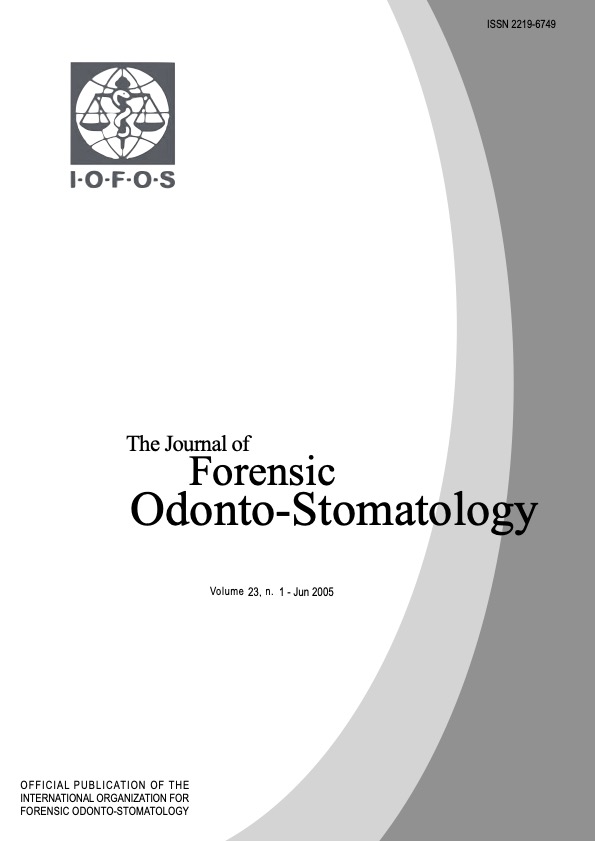Analysis of rugae in burn victims and cadavers to simulate rugae identification in cases of incineration and decomposition
Abstract
The most challenging situations in Forensic Odonto- Stomatology are mass disasters, where the forensic dentist is usually confronted with charred human remains or heavily decomposed or fragmented bodies. This article determines the extent of preservation of palatal rugae for use as an alternative identification tool in such situations, using a study group comprising burn victims and cadavers simulating forensic cases of incineration and decomposition. The thermal effects and the decomposition changes on the palatal rugae of burn victims with panfacial third degree burns and human cadavers in storage were respectively assessed and graded on a new scale. Ninety three percent of burn victims and 77% of human cadavers had Grade 0 changes (normal). When changes were noted, they were less pronounced than the generalized body involvement of burns in burn victims and the generalized body decomposition of human cadavers.

